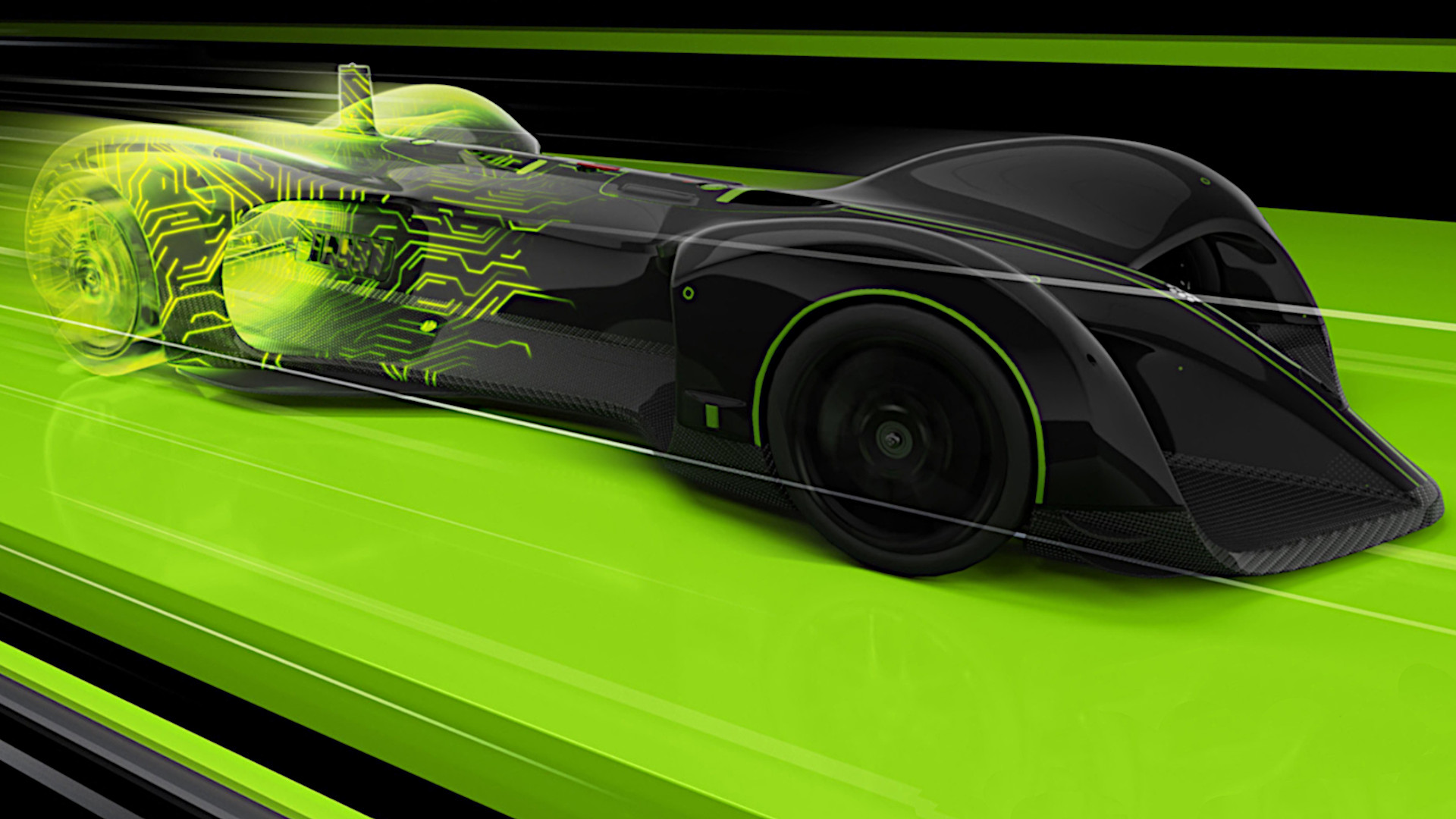NVIDIA DLSS 3.7: A Quantum Leap in Image Quality
NVIDIA has once again raised the bar for image quality with the release of DLSS 3.7. The latest iteration of its Deep Learning Super Sampling technology is showcasing impressive results, as evidenced by recent comparisons across multiple popular games.
A detailed analysis conducted by the MxBenchmarkPC channel has revealed a significant improvement in image quality when using DLSS 3.7 in Performance mode compared to native 1440p resolution. This groundbreaking achievement means gamers can now enjoy stunning 4K visuals without compromising on frame rates.

How Does DLSS 3.7 Compare?
To put DLSS 3.7 to the test, the comparison focused on five widely acclaimed titles: Horizon: Forbidden West, Cyberpunk 2077, The Witcher 3: Wild Hunt, Hellblade II: Senua’s Saga, and Ghost of Tsushima. The results were nothing short of astonishing.
In Performance mode, DLSS 3.7 upscaled 4K images surpassed the quality of native 1440p visuals. This is a monumental leap forward for image quality, as it was previously unthinkable to achieve such exceptional results through upscaling.
Furthermore, the frame rates achieved in 4K Performance mode were almost identical to those in 1440p Quality mode. This means gamers can now enjoy higher resolutions without sacrificing performance.
The Impact of DLSS 3.7 on Gaming
The implications of DLSS 3.7 are far-reaching for the gaming industry. By significantly enhancing image quality without compromising performance, NVIDIA has opened up new possibilities for game developers. With DLSS 3.7, developers can focus on creating visually stunning worlds without worrying about the technical limitations of hardware.
Gamers, on the other hand, can benefit from more immersive and visually appealing gaming experiences. The ability to play games at higher resolutions and frame rates without sacrificing image quality is a game-changer.
Beyond Image Quality: The Role of Frame Generation
While DLSS 3.7 is primarily focused on image quality, it’s worth noting that NVIDIA’s frame generation technology continues to play a crucial role in delivering smooth gameplay. By generating additional frames, DLSS can help to reduce stuttering and improve overall responsiveness.
However, it’s important to emphasize that the focus of DLSS 3.7 is on image quality. While frame generation is still a valuable feature, it’s not the primary driver of the improvements seen in this latest version.
The Future of DLSS
NVIDIA’s commitment to pushing the boundaries of image quality is evident with the release of DLSS 3.7. As the technology continues to evolve, we can expect even more impressive results in the future. With each new iteration, NVIDIA is bringing us closer to the ultimate goal of delivering visually stunning, high-performance gaming experiences.
DLSS 3.7: A Game-Changer for PC Gamers
The introduction of DLSS 3.7 marks a significant milestone for PC gaming. By offering unprecedented image quality without sacrificing performance, NVIDIA has redefined what’s possible. As more games adopt DLSS 3.7, we can expect to see a new era of visual fidelity in the gaming world.




